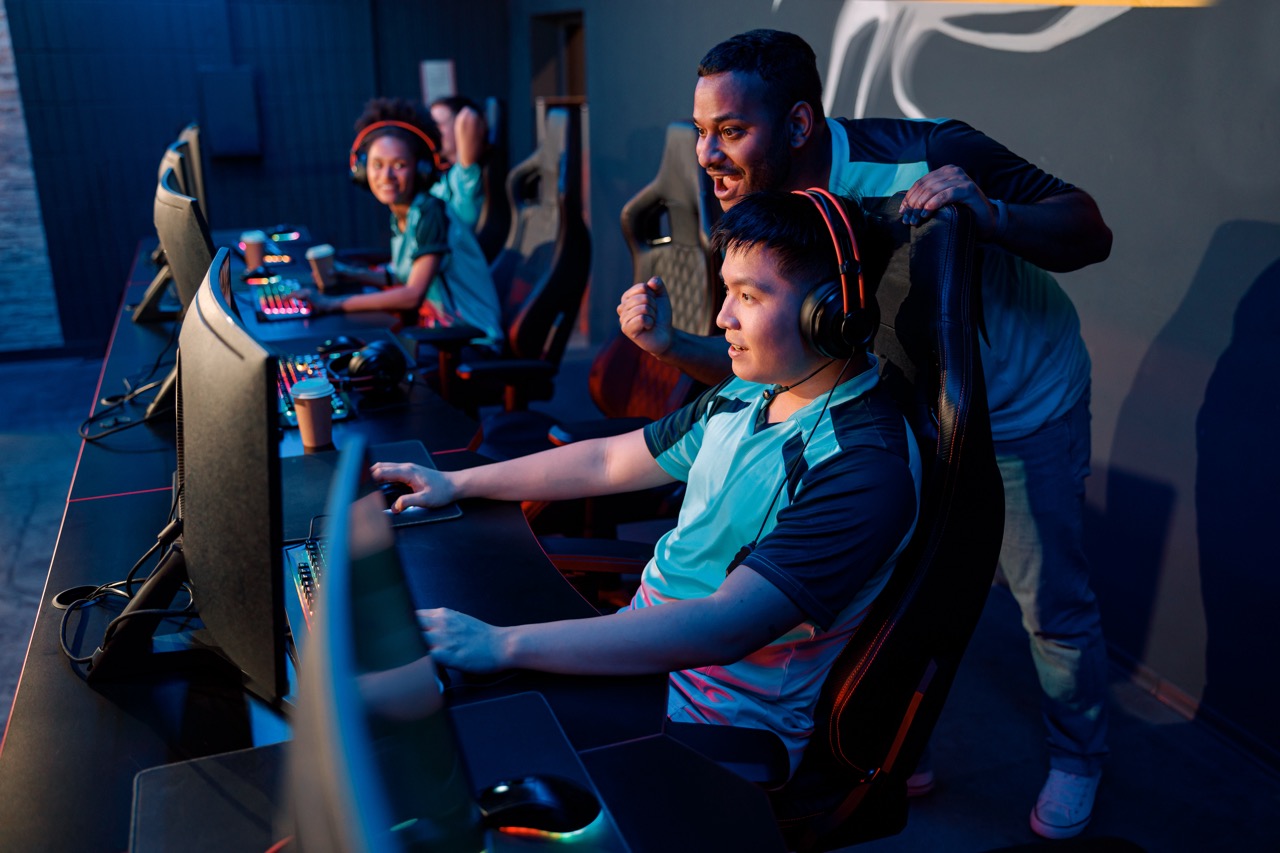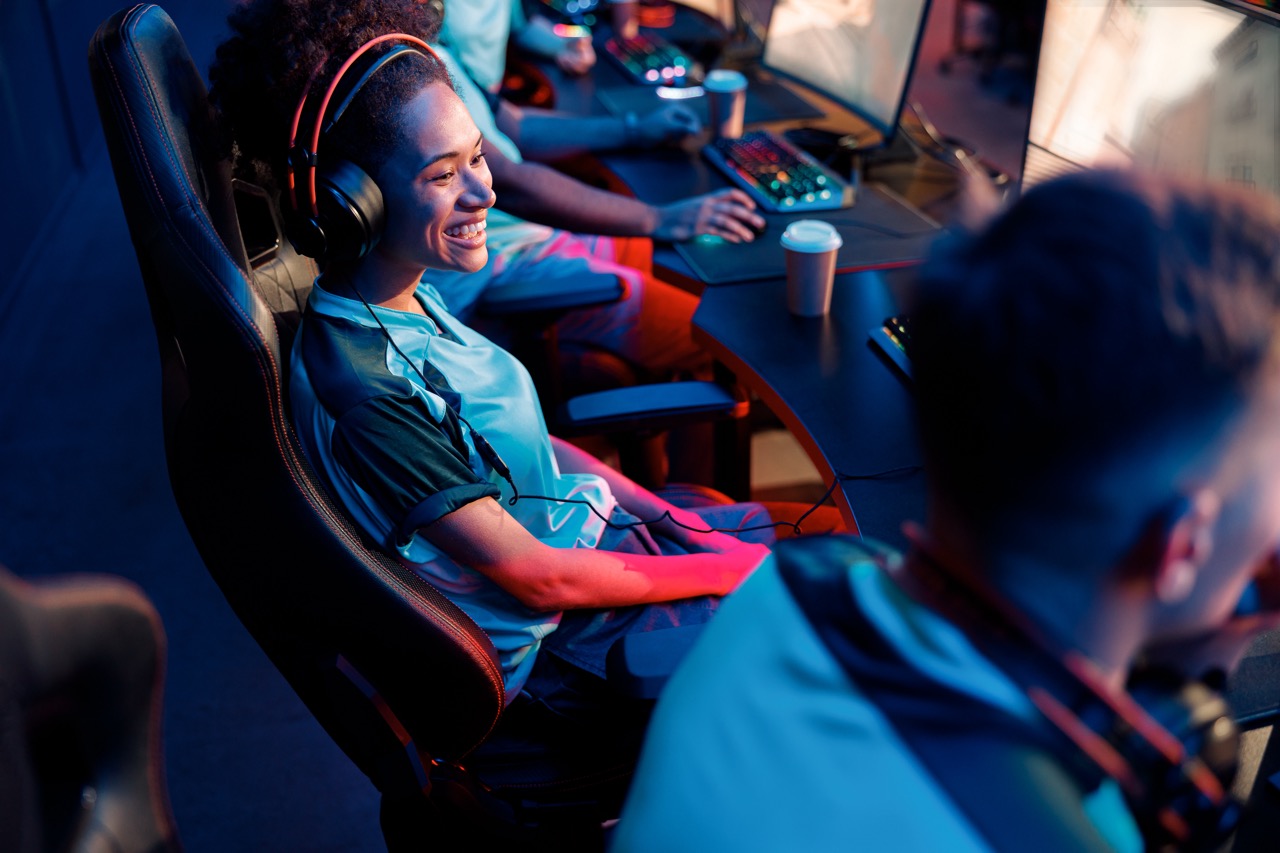Motion capture, commonly referred to as mocap, has come a long way since its inception. It has evolved from a niche technology into a cornerstone of modern game development, allowing developers to create characters that can express emotions and movements with astonishing realism. But how did we get here? This article dives deep into the evolution of motion capture in games, exploring its origins, transformation, and what the future may hold for this exciting technology.
The Origins of Motion Capture: A Brief History Lesson
Motion capture technology has roots that stretch back to the early 20th century, with early experiments in animation and film. One of the pioneers of this concept was Eadweard Muybridge, who famously captured sequences of human and animal movement in the late 1800s. His work laid the groundwork for understanding motion and has influenced countless fields, including animation and film. However, it wasn’t until the 1970s that motion capture began making its way into the realm of video games.
The first significant application of motion capture in video games occurred in the 1980s, with titles like "Dragon’s Lair," which utilized laserdisc technology to achieve fluid animations. While the technology was rudimentary, it showcased the potential of capturing real-life movements to enhance the gaming experience. It wasn’t until the 1990s that motion capture began to gain traction in a more standardized form, with games like "Mortal Kombat" using digitized actors to bring a new level of intensity to their gameplay.
Fast forward to the early 2000s, and motion capture began to infiltrate mainstream gaming. Games such as "Halo" and "Half-Life" leveraged this technology to create more dynamic and believable characters. As developers recognized the benefits of incorporating human movement into their projects, the industry started investing in motion capture studios and technology, setting the stage for the revolution that was about to take place.
How Motion Capture Transformed Game Development Forever
The introduction of motion capture fundamentally changed how games were developed. Before its widespread use, animators relied on traditional methods to create character movements, often resulting in stiff and unnatural animations. With mocap, developers could record an actor’s movements and apply them directly to a character model, ensuring a fluidity that was virtually impossible to achieve through manual animation alone. This breakthrough paved the way for more engaging storytelling and gameplay mechanics.
Moreover, motion capture allowed for a significant reduction in development time. Creating animations frame by frame is a painstaking process that requires immense skill and patience. With mocap, developers could capture hours of performance in a single session, drastically speeding up the production timeline. This efficiency meant that studios could focus more on the narrative and gameplay elements, ultimately delivering more polished and engaging titles to players.
The impact of motion capture extended beyond just animation. It also influenced character design and voice acting, as actors could perform their lines while their movements were being recorded. This synergy between voice and action helped create more cohesive character portrayals, providing players with a richer and more immersive gaming experience. As a result, motion capture has become an essential tool for game developers striving to push the boundaries of creativity and innovation.
The Rise of Realism: From Blocky Figures to Lifelike Characters
Early video game characters were often pixelated and simplistic, with limited ability to express emotions or convey realistic movement. The introduction of motion capture initiated a seismic shift in character design, bringing forth a new era where lifelike representations became possible. As technology advanced, characters started to exhibit subtle facial expressions, nuanced body movements, and even complex interactions with their environments.
The leap from blocky figures to lifelike representations was particularly evident in franchises like "Uncharted" and "The Last of Us," where mocap was utilized extensively to breathe life into characters. These games showcased how realistic character animations could evoke genuine emotions, drawing players deeper into the narrative. The use of motion capture allowed developers to capture not only physical movements but also emotional nuances, resulting in characters that felt relatable and real.
As players became accustomed to this level of realism, expectations skyrocketed. Game developers now faced the challenge of continuously pushing the envelope, striving for even more lifelike animations. The pressure to deliver realistic characters has become a driving force behind innovation in both motion capture technology and character design, as studios aim to create experiences that feel as immersive as possible.
Techniques Behind the Magic: How Motion Capture Works
Motion capture technology operates on the principle of capturing human movements and translating them into digital data. Typically, actors wear specialized suits equipped with markers or sensors that track their movements in real time. These markers can be optical, using cameras to detect their positions, or inertial, relying on accelerometers and gyroscopes to measure motion. Regardless of the method, the goal remains the same: to capture precise movements that can be applied to digital characters.
Once the data is collected, it undergoes a meticulous process of cleaning and refining, as raw motion capture data can often be noisy or contain inaccuracies. Animators spend significant time tweaking and adjusting the captured movements to ensure they align perfectly with the character’s model and intended actions. This stage is crucial, as it bridges the gap between raw performance and polished animation, resulting in the smooth, believable motions players have come to expect.
Additionally, advancements in facial motion capture have further expanded the possibilities for character expressions. By utilizing specialized rigs and cameras, developers can capture intricate facial movements and apply them to characters in real time. This technology adds a new layer of depth to storytelling, enabling characters to express a wide range of emotions that resonate with players on a personal level.
The Role of Technology: Advances Shaping the Industry
Technology has played a pivotal role in the evolution of motion capture in gaming. In recent years, significant advancements in hardware and software have made it easier and more affordable for developers to implement mocap into their projects. High-definition cameras, improved sensors, and sophisticated algorithms have all contributed to the rise of accurate and seamless motion capture, allowing studios to create characters with unmatched realism.
One notable advancement is the development of virtual production techniques that combine motion capture with real-time rendering. This allows developers to see their characters and environments come to life during the recording process, providing immediate feedback. By integrating mocap with game engines like Unreal Engine and Unity, developers can make rapid adjustments, ensuring the final product meets their creative vision from the outset.
As technology continues to evolve, we also see innovations in AI and machine learning being applied to motion capture. These technologies can analyze vast amounts of movement data, allowing for more efficient processing and even the potential for generating realistic animations without extensive manual input. With these advancements, the future of motion capture looks incredibly promising, as it becomes increasingly integrated into the game development pipeline.
Future Trends: What’s Next for Motion Capture in Games?
Looking ahead, the future of motion capture in gaming is bound to be exciting. One trend that’s gaining traction is the use of volumetric capture, which involves recording 3D representations of actors instead of traditional 2D mocap. This technology enables developers to create fully immersive experiences, allowing players to interact with characters in a way that feels both organic and lifelike. Imagine walking around a virtual character that looks and behaves just like a real person, no matter the angle from which you view them.
Another anticipated trend is the democratization of motion capture technology. As tools become more accessible and affordable, indie developers are likely to embrace mocap to enhance their games. This could lead to a surge of innovative titles that push the boundaries of storytelling and character development, giving rise to a diverse range of gaming experiences. With the barriers to entry lowered, we can expect to see unique and creative uses of motion capture that traditional studios may not have explored.
Lastly, the integration of virtual and augmented reality with motion capture is set to redefine the gaming landscape. As VR and AR technologies advance, the need for realistic and responsive character movements will become even more critical. Motion capture will play a vital role in creating immersive environments where players can fully engage with the characters and narratives, blurring the lines between reality and the virtual world. With these trends on the horizon, the evolution of motion capture in gaming is sure to keep us on the edge of our seats.
The journey of motion capture in gaming has been nothing short of remarkable. From its humble beginnings to its current status as a staple in game development, mocap has transformed the industry in ways we could only have dreamed of decades ago. As technology continues to advance, we can look forward to even more innovations that will shape the future of gaming. With lifelike characters and immersive storytelling becoming the norm, the evolution of motion capture is an exciting testament to the power of creativity and technology working hand in hand.










